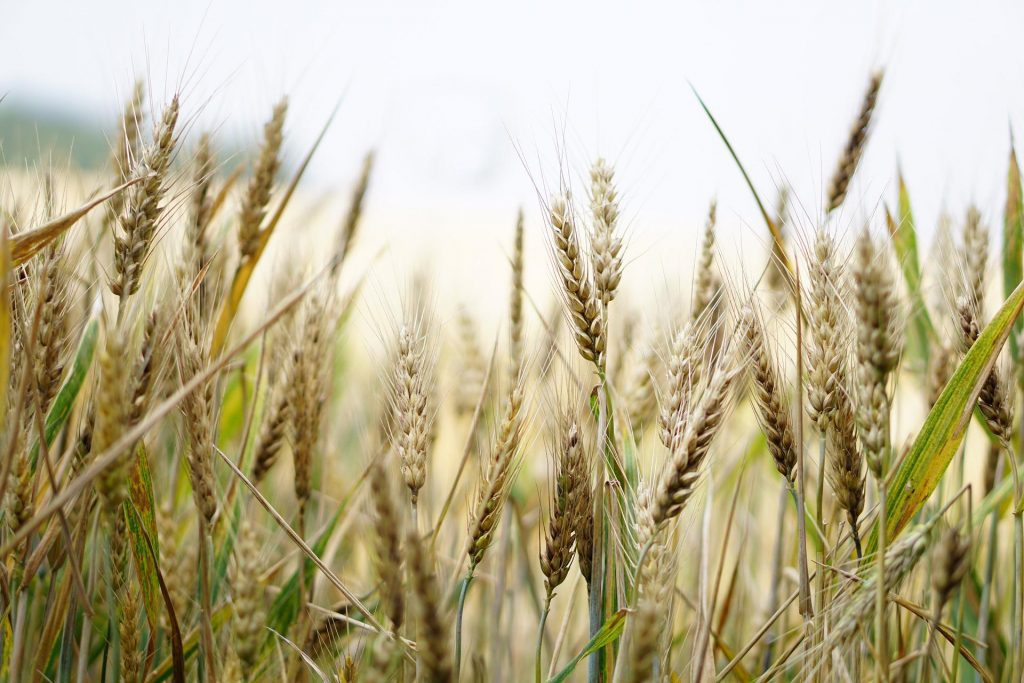

USDA to Begin Sending Pre-Filled Applications Based on Existing Crop Insurance Data to Producers
WASHINGTON, D.C. — Senator John Hoeven, ranking member of the Senate Agriculture Appropriations Committee and a senior member of the Senate Agriculture Committee, today announced that signup will begin in May for the $9.25 billion in row crop disaster assistance that he secured, with assistance to start going out to producers in June.
“We worked to secure this assistance to help our producers recover from the historic drought that impacted much of North Dakota, and it comes at a time when farmers really need help due to rapidly rising input costs,” said Hoeven. “We worked to ensure this program works for our farmers and that signup can go quickly. Producers will begin receiving their pre-filled applications in the next couple of weeks, which they can sign and return to their local FSA county offices. Assistance will then start going out in June.”

Today’s announcement follows Hoeven’s repeated efforts to press USDA officials, including Secretary Tom Vilsack, Under Secretary Robert Bonnie and Farm Service Agency Administrator Zach Ducheneaux, to quickly distribute the aid and in a way that works for producers. To this end, Hoeven advanced this priority with Vilsack in a recent meeting and in a Senate Agriculture Appropriations Committee hearing the senator co-chaired last week.
Securing Livestock & Row Crop Disaster Aid
Last September, Hoeven worked as the lead Republican on the Senate Agriculture Appropriations Committee to provide $10 billion in agriculture disaster assistance, which includes $750 million for livestock producers and $9.25 billion to aid row crop producers who suffered losses due to droughts, hurricanes, wildfires, floods and other qualifying disasters in calendar years 2020 and 2021.
USDA began sending phase-one Emergency Livestock Relief Program (ELRP) assistance to ranchers last month, with payments set at 75% of producers’ 2021 Livestock Forage Program (LFP) payment. Phase two will begin later this year.
Producers should contact their FSA county office or visit farmers.gov for more information.